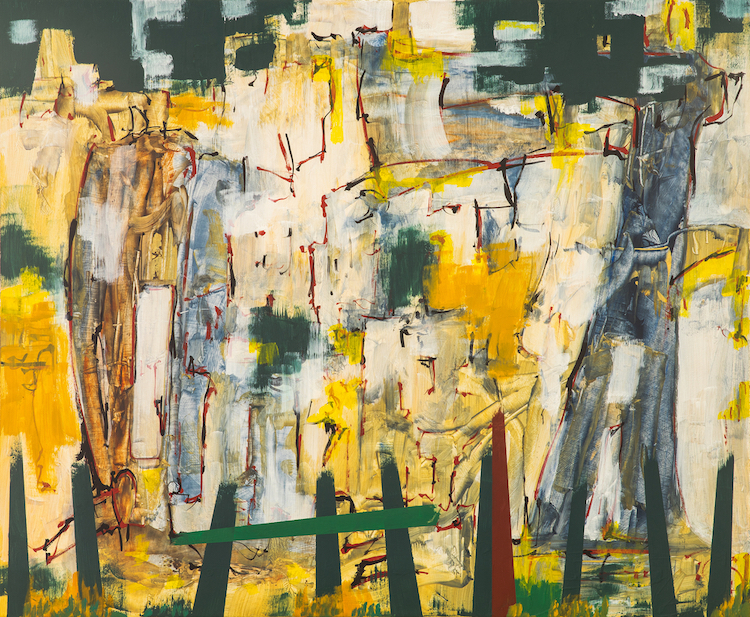What Is Oil Painting and How Do You Get Started?
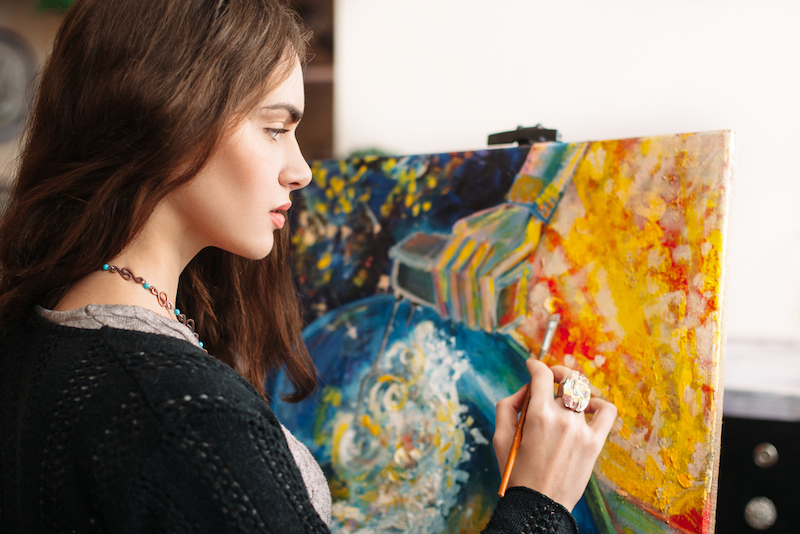
Learn about oil painting for beginners. Oil painting dates back for centuries, with the Indian and Chinese painting hundreds of paintings in caves as far back as the fifth century A.D. Ask, however, when oil painting was first “discovered” and you will probably hear the name Jan Van Eyck.
Jan Van Eyck was a Netherlandish painter active in Bruges in the 15th Century. He is considered one of the most significant representatives of Northern Renaissance art and is deemed responsible for turning oil painting into a ‘mainstream practice’. In 1434 he created his “Arnolfini Wedding”, one of the most iconic oil paintings in history.
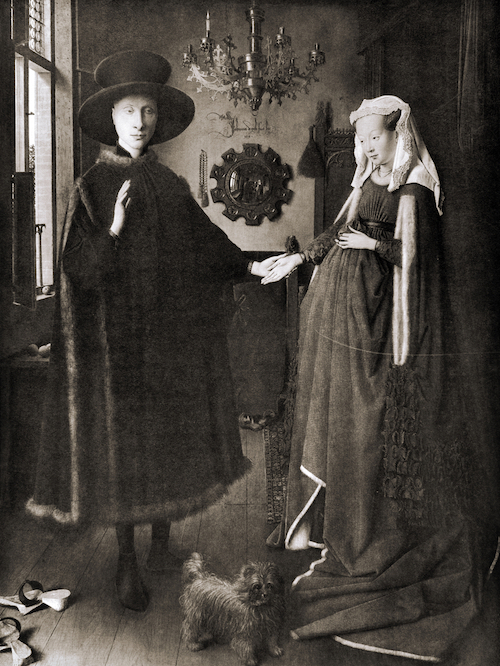
Artists like Van Eyck showed the world the bright, rich and colourful attractiveness of oil paint. Artists soon saw the flexibility and depth of colour and the way in which oil paint can adapt to an artists whims and requirements. Popularity for the practice grew and hundreds of techniques were explored. Many of these techniques are still used today.
Impasto

Impasto is a process that defines the application of very thick paint. The word impasto translates to ‘dough’ or ‘paste’ in Italian. Impasto painting can be achieved by applying colour straight from the tube or by enhancing paint with a thickening agent. For oil painting, the medium of choice is usually wax.
Tip: Use impasto for creating vibrant and textured effects.
Alla Prima
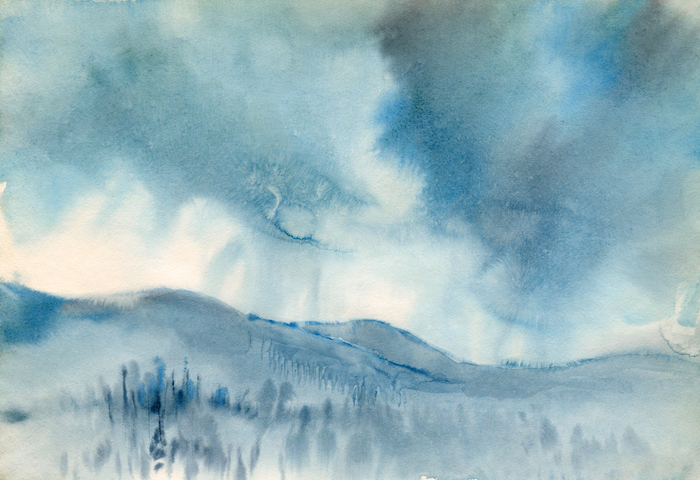
Alla prima paintings are done in one sitting. The paint is applied wet-on-wet and most of the mixing of colour is done directly on the canvas. The goal of alla prima is to finish your painting before your paint dries and to refrain from retouching. It’s a stark contrast from the often laborious practice of layering oil colour.
Tip: Use alla prima as a spontaneous way to work.
Chiaroscuro
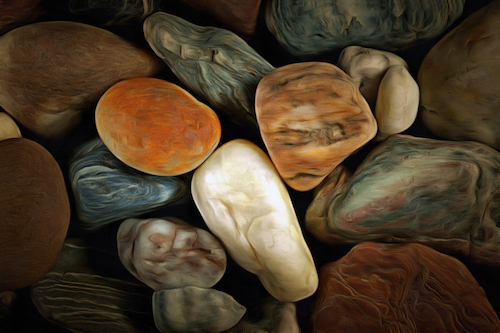
The effect of chiaroscuro was first brought to its full potential by Leonardo da Vinci in the late 15th century - his painting “Adoration of the Magi (1481) a good example.
The technique represents light and shadow as they define three-dimensional objects. In its most dramatic form, chiaroscuro heightens emotional tension offering a remarkable psychological effect.
Tip: Use chiaroscuro for extensive graduation of light and darkness.
Imprimatura
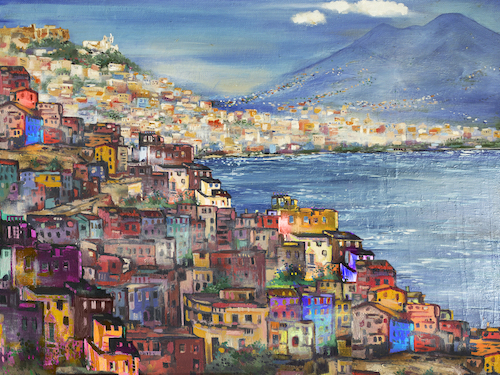
Imprimatura is an initial stain of colour painted on a ground. It provides you with a transparent, toned ground that will allow light to reflect through the different paint layers. Essentially it translates to the “first paint layer”.
Tip: Use imprimatura to establish value relations from dark to light.
Grisaille
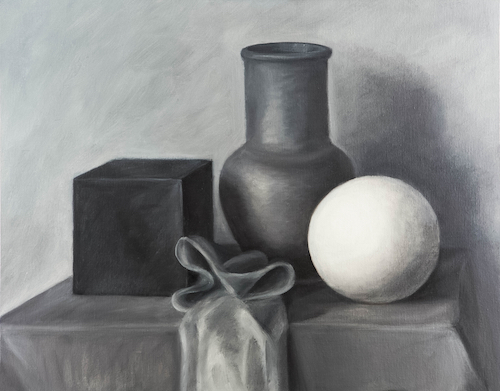
Grisaille is the practice of oil painting in monochromatic shades of grey.
It’s a 9-value scale technique commonly used in large decorative schemes in imitation of sculpture and depth and can be executed for its own sake or used as an underpainting. Grisaille is a great launching point for artists who work in pencil and want to try oil painting.
Tip: Use grisaille as a way to set the tone for future glazing.
Scumbling
Scumbling is a painting technique in which a layer of broken, speckled or scratchy colour is added on top of another colour. The lower layer that shines through is what’s known as the “scumbling”. The technique gives depth and colour variation to your oil painting and it works best with opaque colour and a bit of crumpled-up cloth.
Tip: Use scumbling to create atmospheric skies, wispy clouds, smoke or haze and sparkling light on water.
Sfumato
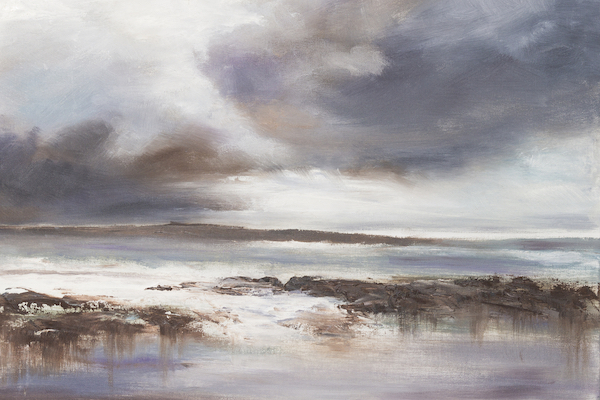
Taken from the Italian word for “light-dark”, sfumato creates vast tonal variations that fit smoothly together with no seams. It has the visual texture of smoke, where visual features of a portrait morph into shadow. Leonardo da Vinci’s Mona Lisa is a prime example.
Da Vinci himself described the technique as “the manner of smoke beyond the picture plane”.
Tip: Use sfumato when wanting no harsh lines, only ghostly tonal areas.
Verdaccio
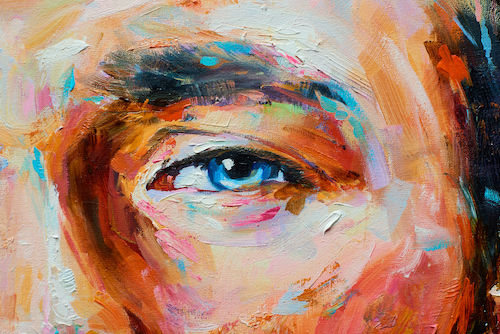
Verdaccio is a classical underpainting technique that’s created using a mix of black and yellow ochre pigments. It creates a soft greenish, grey for the shadows of flesh tones, giving flesh tones a more convincingly realistic finish. Green is the complementary colour to red, and placing these two hues together creates a dynamic effect.
Tip: Use verdaccio for dulling the intensity of pink flesh tones that look too “plastic”.
Getting started with oil painting
As you can see from the list of techniques above, there is a lot you can do with oil paints. Bear in mind too that this list is just a small fraction of what is actually possible. Oil paints really are one of the most versatile and flexible paint mediums.
If you’re a beginner to oil painting, you’ll need to set yourself up with the basics. This means:
- Canvas or board
- Easel
- Gesso (for preparing your canvas)
- Palette
- Oil paints
- Different sizes and styles of brushes
- Palette knife
- Paint thinner
- Rags or towels
You can get everything you need at Discount Art N Craft Warehouse.
Cost effective, student-quality oil paints are fine for getting started, but for better results we love artist brands like Winsor & Newton and Lefranc & Bourgeois. A limited palette will make your life easier, as you’ll need to get used to mixing colour.
For your brushes, try a range of different styles and sizes and see what’s best for you. There’s no ‘right or wrong’ hair, shape and handle length, so play around with your brushes and see what feels right. You might find that working with a larger brush and a small canvas or board is beneficial in the beginning.
Making the first stroke
Before you dip your brush in paint do some research into the different styles of oil painting to get a feel for whether you’re an impressionist or romantic. You’ll be naturally drawn one way or another and your preference should guide your techniques.
Broadly speaking, you can then approach your oil painting in one of two ways - either alla prima (wet-on-wet and in one sitting) or by building depth with layers. Whichever approach you take, we know you’ll love working with oil paints.
Want to get started today? Order your oil painting supplies from Discount Art N Craft Warehouse and you could be painting like the greats in just a few short days. We have three shipping options available and we can have your goods to you in as little as three days! We stock great oil painting supplies for beginners and artists of all levels.

